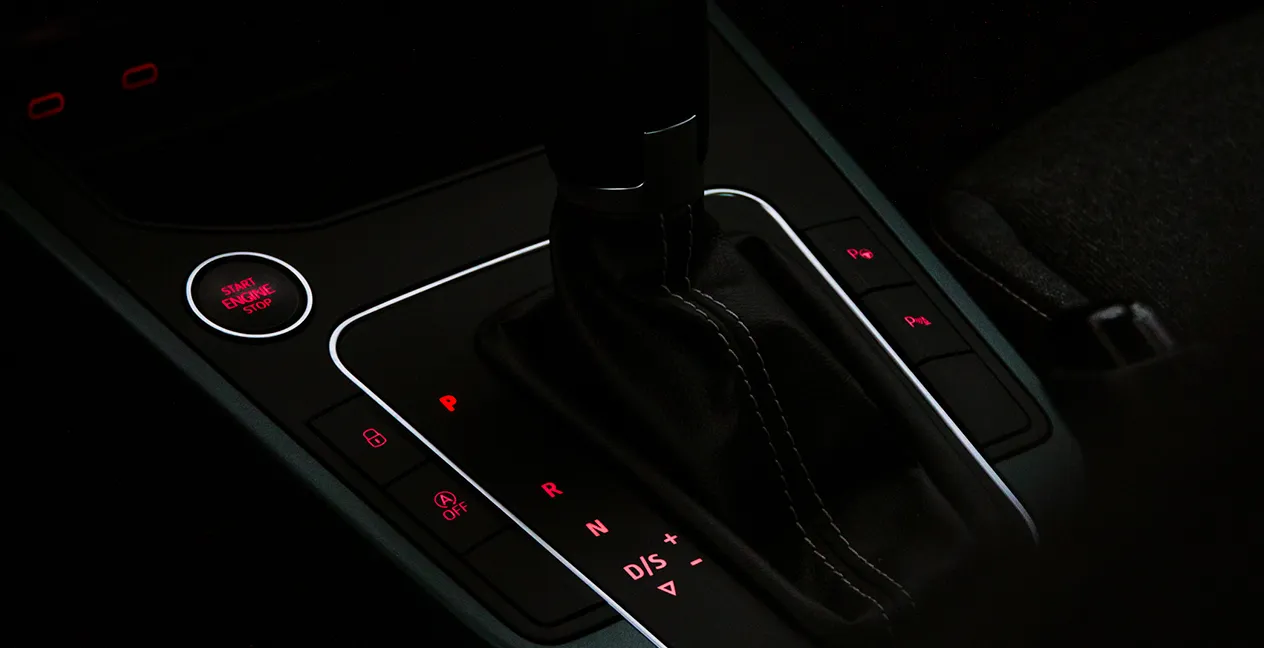
Created by David Santos at Wednesday, 7 February 2018
Start/Stop system
Start/Stop technology was created to save fuel and reduce emissions, but what impact does it have on the life of your car's engine?
The Start/Stop system as we know it appeared much earlier than you might think. The first ones appeared in the 1970s, at the hands of Toyota, during a time when oil prices were rising significantly.
Because most cars at that time used carburetors, the system was not successful. The time it took for the engines to start and the malfunctions they presented dictated this.
Volkswagen was the first to introduce the system en masse in various models such as the Polo and Passat, in versions called Formel E, in the 80s. After that, it apparently wasn't until 2004 that the system was implemented, manufactured by Valeo and used in the Citroën C3.
What is certain is that Start/Stop is now used in all segments, and you can find it in city cars, family cars, sports cars and everything else you can think of.
Bearing in mind that for a modern gasoline engine, the fuel consumed for a hot start is the same as that needed for 0.7 seconds at idle, it's easy to see why the system is so useful.
In practice it makes sense, and is considered one of the best fuel-saving systems, but the question often arises. Is it beneficial in the long term for the life of the engine?
.
How it works
The system is designed to put an end to situations in which the vehicle is stationary but the engine is running, wasting fuel and emitting polluting gases. According to various studies, these situations account for 30% of normal city journeys.
So, whenever the vehicle is stationary, the system switches off the engine, but the car keeps almost all its other functions active. How?
Start/Stop is not just an option for turning off the engine. In order to have this system, other components are needed, which not only allow it to work, but also ensure that it doesn't cause any problems.
Thus, most cars with a Start/Stop system have the following additional items:
Reinforced starter motor
Larger capacity battery
Optimized internal combustion engine
Optimized electrical system
More efficient alternator
Control units with additional interfaces
Additional sensors
.
The Start/Stop system does not switch off the car (ignition), it only switches off the engine. This is why all the car's other functions remain in operation.
For this to be possible, an optimized electrical system and a higher capacity battery are needed, so that they can withstand the operation of the car's electrical systems when the engine is switched off.
So we can consider that the "increased wear and tear on components" due to the Start/Stop system is just a myth.
.
Advantages
As advantages we can highlight the main purpose for which it was created. Saving fuel.
In addition to this, the inevitable reduction in pollutant emissions when the car is at a standstill is another advantage, not least because this could also lead to a reduction in road tax (IUC).
The silence and tranquillity that the system allows by switching off the engine in traffic whenever it is stationary, even if it doesn't seem like it, is also significant, since we no longer have any kind of vibrations or noises caused by the engine during the time we are stationary.
.
Disadvantages
It is possible to consider that there are no disadvantages to using the system, since it is always possible to turn it off. However, when this is not done, there may be some hesitation when starting the car, although the systems are becoming more and more advanced and allow for smoother and more immediate engine starts.
When it comes to the lifespan of a car, you have to consider the price of the batteries, which, as mentioned, are larger and have a greater capacity to support the system, and are also considerably more expensive.
.
There are exceptions
The introduction of the Start/Stop system has forced manufacturers to ensure that the engine is capable of withstanding the various successive stops when the system comes into operation. In order to do this, the system operates under a number of conditions which, if not met, inhibit or suspend the system:
Engine temperature
Use of air conditioning
Outside temperature
Steering assistance, brakes, etc.
Battery voltage
Steep inclines
.
Turn off? Why?
While it is true that in order for the system to be activated, a series of requirements must be met, such as having the seat belt on and the engine at an ideal temperature, among others, it is also true that sometimes the system is activated without some of the requirements being met.
One of the requirements for the system not to come into operation has to do with ensuring lubrication, refrigeration and cooling. In other words, after a long journey, or a few kilometers at a higher speed, it is not at all convenient for the engine to be switched off abruptly.
This is one of the situations in which you should switch off the system, so that the engine doesn't shut down immediately at stops following a long or "rushed" journey. It also applies to any stressful situation, sporty driving or circuit driving.
.
Consequences?
These situations, which we have just mentioned, can cause some problems, especially in supercharged (turbocharged) and high-powered engines. Turbos not only reach rotational speeds of over 100,000 rpm, but can also reach temperatures of several hundred degrees Celsius (600 ºC - 750 ºC).
So it's easy to see what happens when the engine stops abruptly. Lubrication stops suddenly and the thermal shock is greater.
However, in most cases, especially in day-to-day life and during city driving, start/stop systems are designed to withstand the entire life of the car, and for this reason all the components that could suffer greater wear and tear with this system are reinforced.
.
.
.
Source: RAZÃOAUTOMÓVEL.COM
Translated with DeepL.com






